The 2021 INDE.Awards winners have been announced, and each is a testament to the design excellence of the Indo-Pacific!
August 5th, 2021
Drive, creativity and diversity were captured in the 2021 INDE.Awards amid another year of unknowns and uncertainty. With 687 entries for the 2021 awards, talent and creativity was abundant and established an incomparable range of diversity and design consideration. A calibre of spaces, buildings, people and objects were submitted, further enhancing original and sustainable design, in turn inspiring more for future success.
The 2021 Winners and Honourable Mentions have exceeded expectations and have shown architectural and design mastery in exploring materials, understanding the importance of resourcefulness and delivering quality. We continue to be inspired by this year’s entrants who have progressively adapted and modified their designs to meet the current needs and demands the environment presents.
We truly appreciate our Jury who shared their expertise and thank all those who entered, supported and contributed to this years INDE.Awards.

Photography: Ong Chan Hao

Photography: Patrick Reynolds
Te Whare Nui o Tuteata provides a welcome to the national Timber Research Institute at SCION in Rotorua, New Zealand. It offers an educational invitation to come ‘Walk in Our Forest’ and learn new and sustainable ways of resourcing and building with timber. The expression of the diagrid demonstrates that timber structural buildings do not need to be designed like steel and concrete buildings, but instead can act more like trees where strength follows the continuous grain of the wood.
The building is named ‘Te Whare Nui o Tuteata’ as gifted by Ngā Hapū e Toru and acknowledges the mana of the tupuna Tuteata, from whom Ngā Hapū e Toru descend and the connection to the whenua, Titokorangi.

Photography: Romello Pereira

Photography: Romello Pereira, Prue Ruscoe
Located in the heart of Bondi, Pipi is a beautifully sculpted new building for Sydney’s most famous beachside suburb. Comprising 29 apartments atop ground floor retail, there is something both arresting and classical in the swooping gestures of the grand vertical bays that line Pipi. This is a building that sits comfortably at the junction of urban and beach living and behind the façade is clever planning that unlocks the potential of this site.

Photography: Tom Ross

Photography: Ben Hosking
The Federal House is a vessel for its owners to both inhabit and enable the experience of place and time – a sanctuary. The project nestles into the folding hills of its hinterland site in northern NSW, acting as an experiential container of place and a conditioning object, while being consciously aware of its outsider status within the traditional ownership and legacy of this landscape.
The owners desired a home-as-sanctuary environment, an elemental place of respite from a high-pressure professional life. Through the prospect and refuge relationship to its site, the home provides an intimate proximity to the hillside, forest and grassland to the rear of the site, while framing a panoramic gaze across the distant horizon from deep within.

Photography: Dianna Snape

Photography: Anson Smart
Located in a heritage context, Alexander House provides a highly flexible, co-working environment. It is an architectural showcase, as much a house, as it is a place for idea incubation and recreation. Alexander House is a thesis, prototype and a place for the team and community to test out and challenge ideas, as well as a space to host creative conversations and events. The project champions the local craftspeople and also provides a working space to explore sustainability techniques, carbon sequestration and environmental innovation.

Photography: Romello Pereira
Smart Design Studio is an innovative, sustainable and sculptural building that is purpose-built while embracing the essence of industrial buildings from the surrounding precinct. Environmentally, the naturally lit and ventilated studio collects its own water and generates its own power, creating a carbon neutral building.

Photography: Peter Bennetts

Photography: Earl Carter
HERO ACMI is a refined all-day casual restaurant with seating for 150 people inside and 100 outside. The space is flexible and can be utilised for a morning coffee, pre-film snack or intimate dining.
Unique dining zones have been created using large joinery elements strategically positioned throughout the space. The kiosk cube is a contemporary take on the cinema kiosk, finished in brushed stainless steel and can be fully closed to allow the restaurant to become a more formal setting for dining.

Photography: Rory Gardiner

Photography: KHOOGJ
Located in Singapore’s downtown Orchard Road district, the re-casting of the typical Wealth Hub as a ‘Banking Conservatory’ was the winning scheme in an invited international competition to challenge the conventions associated with a high net-worth banking experience.
Extolling the virtues of biophilic design Inspired by the site’s soaring glass-lined atrium, this focal point anchors the entire experience. There is a lush thriving indoor conservatory paired with a series of lifestyle-inspired spaces – an observation deck, feature bar, banquette seating, lounge niches and garden meeting pods. The choreographed verdant and lush greenery evoke an atmosphere where everything seems to flourish in a natural and sustainable manner, a nod to the ideals of wealth management.

Photography: Sean Fennessy

Photography: Ong Chan Hao, Erik L’Heureux
School of Design and Environment 1, (SDE1), is an intelligent adaptive re-use project that reinvents the strength and legacy of a 1970s institutional building by SJ van Embden to accommodate a net-zero energy, high-comfort academic environment of the future. It serves as a scaffold for learning, teaching, and research for the twenty-first-century and to inspire upcoming generations in design and sustainability.

Photography: Dinesh Mehta

Photography: Jono Parker
The MacMurray Centre is a new medical facility for a private endoscopy practice located within the Remuera medical precinct in Auckland.
The design solution promotes a patient journey that is relaxed and calming by providing access to views, filtered light and natural finishes with strong references to the natural environment. Maximising orientation by way of a double-height space allows patients and visitors a common point of reference and provides clear indications of movement with a generous stairway leading from the main arrival and waiting space. The expansive foyer and waiting room spaces have been designed to provide calm distraction and reassuring protection.

Photography: Sharyn Cairns

Photography: Romello Pereira
Smart Design Studio, founded in 1997, has a reputation as a multi-disciplinary design studio of excellence and its philosophy can be distilled into three simple words: excellence, innovation and collaboration.
With a diverse range of design projects – master-planning for new urban centres, public projects, commercial, cultural and retail spaces, multi-unit residential developments and private residences – Smart Design Studio produces buildings and interiors of elegant simplicity, a quality which unites its portfolio across differences in scale.

Photography: Paul Martin

Photography: Tracy Wong
CArrelé by British-Chinese textile designer and weaver, Elaine Yan Ling Ng for Nature Squared (NSQ), is a new collection of multi-purpose wall and floor tiles composed of eggshells. The project is part of NSQ’s long-term commitment to transforming natural waste into useful materials through a circular design approach. The ‘egg-loop’ ecosystem not only adds practical value to the material, it also provides a practical application for a natural material that would otherwise be discarded as landfill.

Photography: Patrick Reynolds

Photography: Woven Image
The Embossed Panel collection exemplifies Woven Image’s product stewardship and circular approach to product design. Made from over 60 per cent recycled PET, each embossed panel produced diverts 235 x 600 millilitre single-use plastic bottles from global landfill and waterways. Colour is added to the molten bottle flakes before extrusion thereby reducing water consumption and effluent production in the manufacturing process.

Photography: Concept Black

James McNicol
The project facilitates the relationship of interdependence between crabs and rice that rises out of huge disparities in food production between the two Koreas. The project proposes multiple sites that farm crabs and rice situated both sides of the Imjin River. The idea of reciprocity can then be explored as the Korean Demilitarized Zone (DMZ) condition allows for an architectural intervention that suspends the friend and enemy distinction by relying on the neutrality of the water body as a critical resource in order to maintain the operation of the farms on both the North and South. While the channelling, distribution and mixing of water must be specific for the operation of the farm there was an opportunity to break from an engineered functionalism to insert the idea of swimming as double program.

Liam Oxlade

Photography: Xi Chen
After working in Copenhagen and New York for many years, Xi Chen returned to his homeland, China, and established his practice Atelier XI. The work of the practice focuses on public and cultural projects at various scales, and there is attention paid to the needs of diverse groups and scales.
Chen’s hope for the future is that the practice will not become a copy and paste of a personal signature. He aims to create spaces that belong to their environment with unique elements and ideas extracted from their surroundings. This is his original intention for the practice that is maintained to this day.

Photography: David Broadway
Penelope Forlano is a woman of many parts. Her interests span, anthropology, design anthropology, design for custodianship, advanced manufacturing technology combined with hand-craft, multidisciplinary problem solving, material testing and experimentation, emotion and design, public space, community engagement and time-based engagement with the built form. It is from these perspectives that Penelope has carved out a career in designing and making.
INDESIGN is on instagram
Follow @indesignlive
A searchable and comprehensive guide for specifying leading products and their suppliers
Keep up to date with the latest and greatest from our industry BFF's!
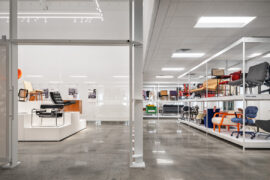
The undeniable thread connecting Herman Miller and Knoll’s design legacies across the decades now finds its profound physical embodiment at MillerKnoll’s new Design Yard Archives.
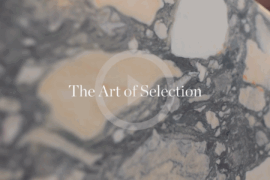
CDK Stone’s Natasha Stengos takes us through its Alexandria Selection Centre, where stone choice becomes a sensory experience – from curated spaces, crafted details and a colour-organised selection floor.
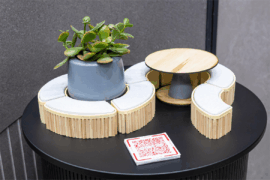
From the spark of an idea on the page to the launch of new pieces in a showroom is a journey every aspiring industrial and furnishing designer imagines making.
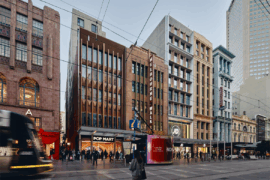
Merging two hotel identities in one landmark development, Hotel Indigo and Holiday Inn Little Collins capture the spirit of Melbourne through Buchan’s narrative-driven design – elevated by GROHE’s signature craftsmanship.
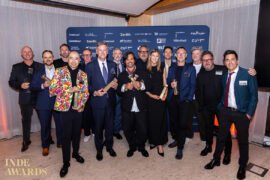
With the opening of the 2026 INDE.Awards program, now is the time to assess your projects, ensure photography is at hand and begin your submissions.
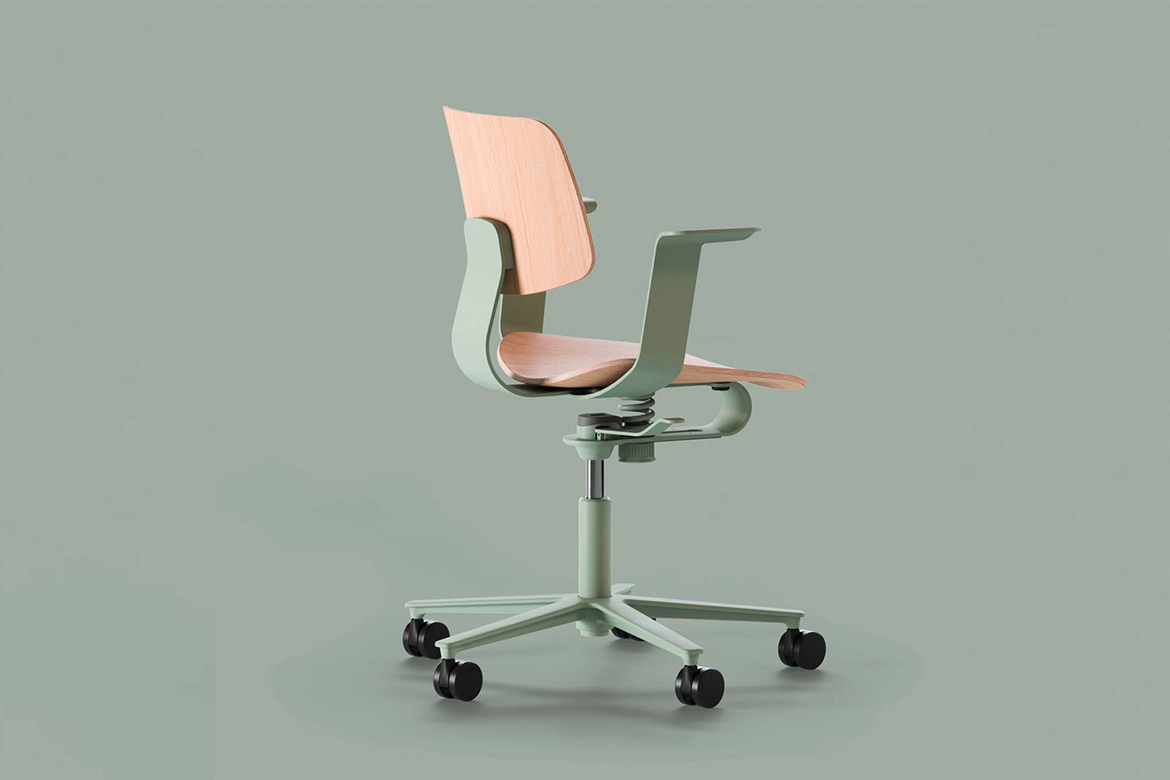
True sustainability doesn’t have to be complicated. As Wilkhahn demonstrate with their newest commercial furniture range.

Merging two hotel identities in one landmark development, Hotel Indigo and Holiday Inn Little Collins capture the spirit of Melbourne through Buchan’s narrative-driven design – elevated by GROHE’s signature craftsmanship.
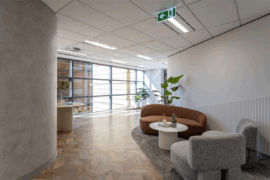
A thoughtful, low-waste redesign by PMG Group in collaboration with Goodman has transformed a dated office into a calm, contemporary workspace featuring a coastal-inspired palette and Milliken flooring for a refined finish.
The internet never sleeps! Here's the stuff you might have missed
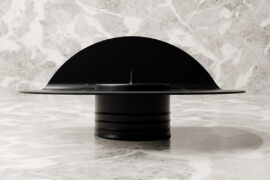
The FlexiFlange leak control flange is set to revolutionise the task of installing drainage systems alongside vertical surfaces like walls and floor junctions.
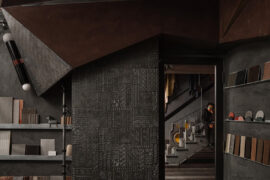
Bangalore studio Multitude of Sins elevates true leftovers — not surplus — into a richly layered workspace where waste materials become narrative, structure and sculptural expression.
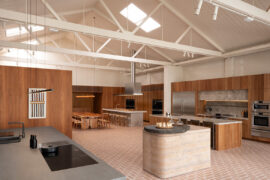
The Fisher and Paykel Melbourne Experience Centre by Clare Cousins Architects with Fisher and Paykel Design and Alt Group has been awarded The Retail Space at the INDE.Awards 2025. As a winning project, it redefines the possibilities of retail architecture by creating an immersive, material rich environment shaped by place, culture and craft.